Zürich is Switzerland’s largest city and the country’s main financial, cultural and industrial capital.
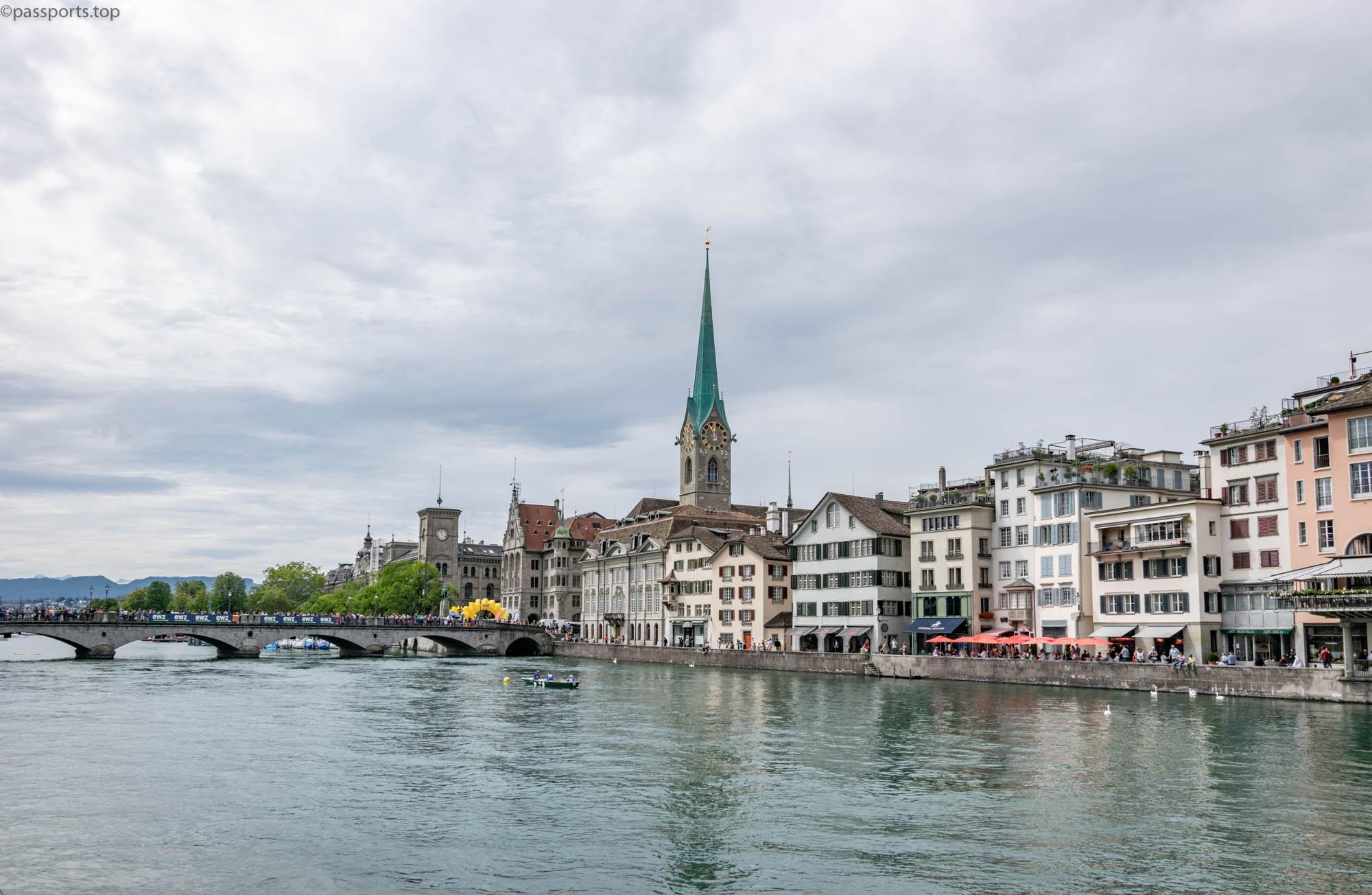
Known as the gateway to the Alps and sitting at the intersection of Lake Zürich and the Limmat River, the city is a pleasant and fascinating place for visitors, with more than 50 museums, buildings with Renaissance and medieval architecture, and dozens of events and festivals every year. Many tend to think that Zürich is also the political capital of Switzerland, but that title is held by Bern.
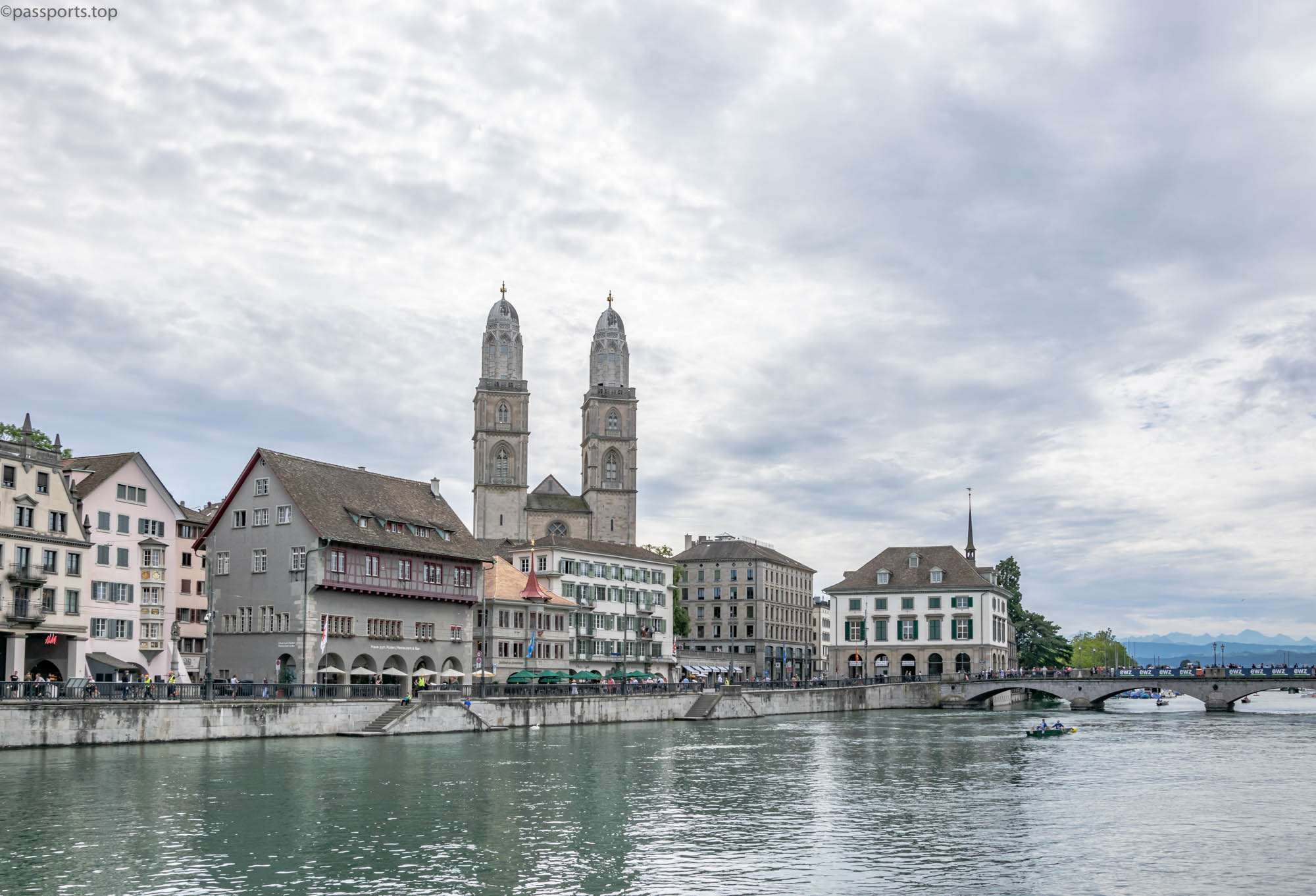
Located in the north of the country and with approximately 400,000 residents, Zürich is regularly ranked in surveys of the world’s most “livable” cities.
What can you visit/do in Zürich?

The Old Town is well preserved and hosts numerous museums and medieval Renaissance buildings. Located on both banks of the Limmat River, starting from the Central Station, churches, historical sites and romantic streets adorn the old city center.
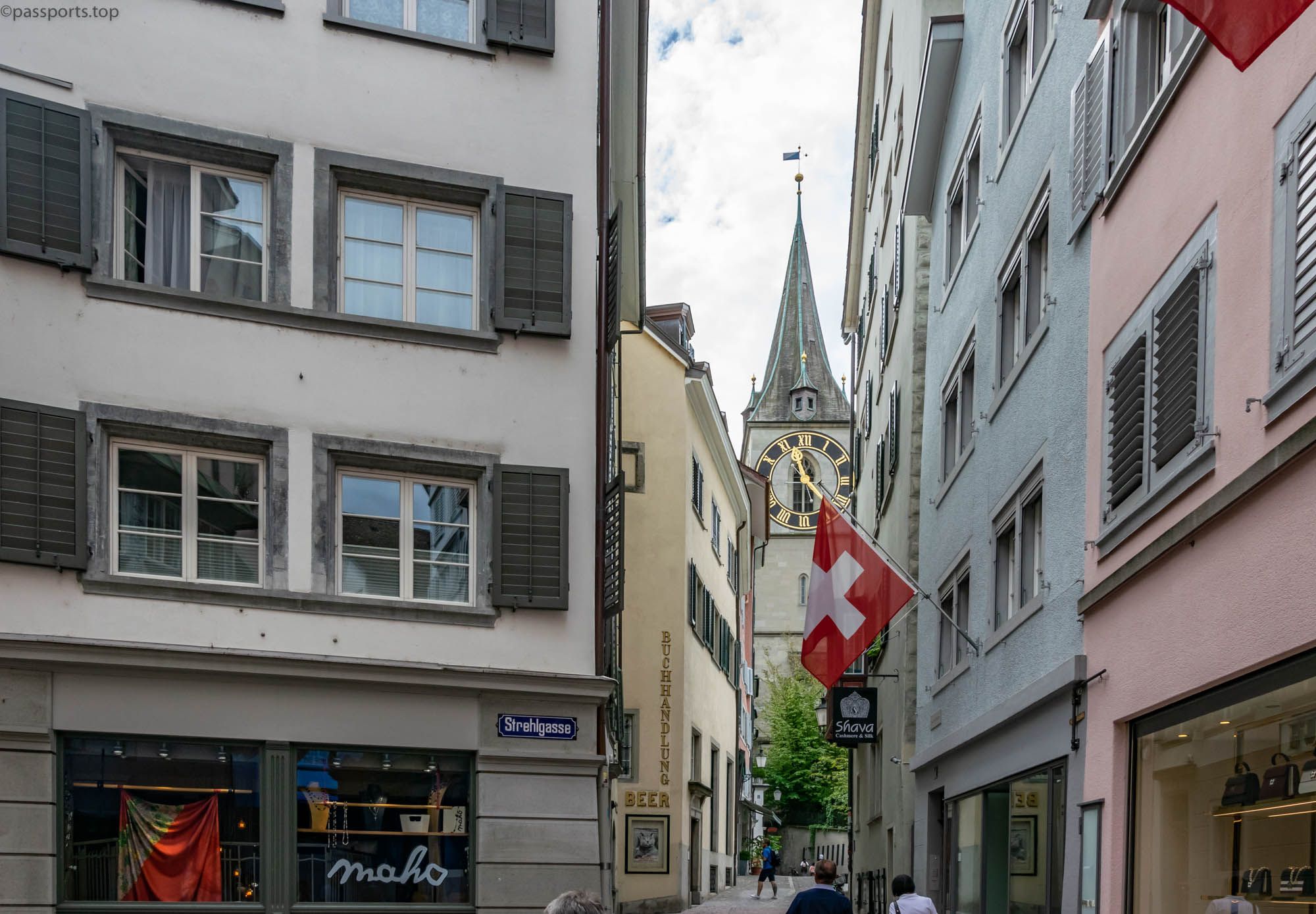
If you want to learn more about Zürich’s history, you can take part in one of the guided tours where you are given fascinating insights into the city’s origins, its evolution over the centuries is explained and Zürich’s famous personalities are discussed.

The Grossm ünster (Zürich Cathedral) with its twin towers dominates the view over the Limmat River. It was built between the 11th and 13th centuries in Gothic style, today it is an important symbol of Zürich. The interior of the cathedral can be visited for free, and if you want to climb the tower, you have to pay a fee of CHF 5/person.
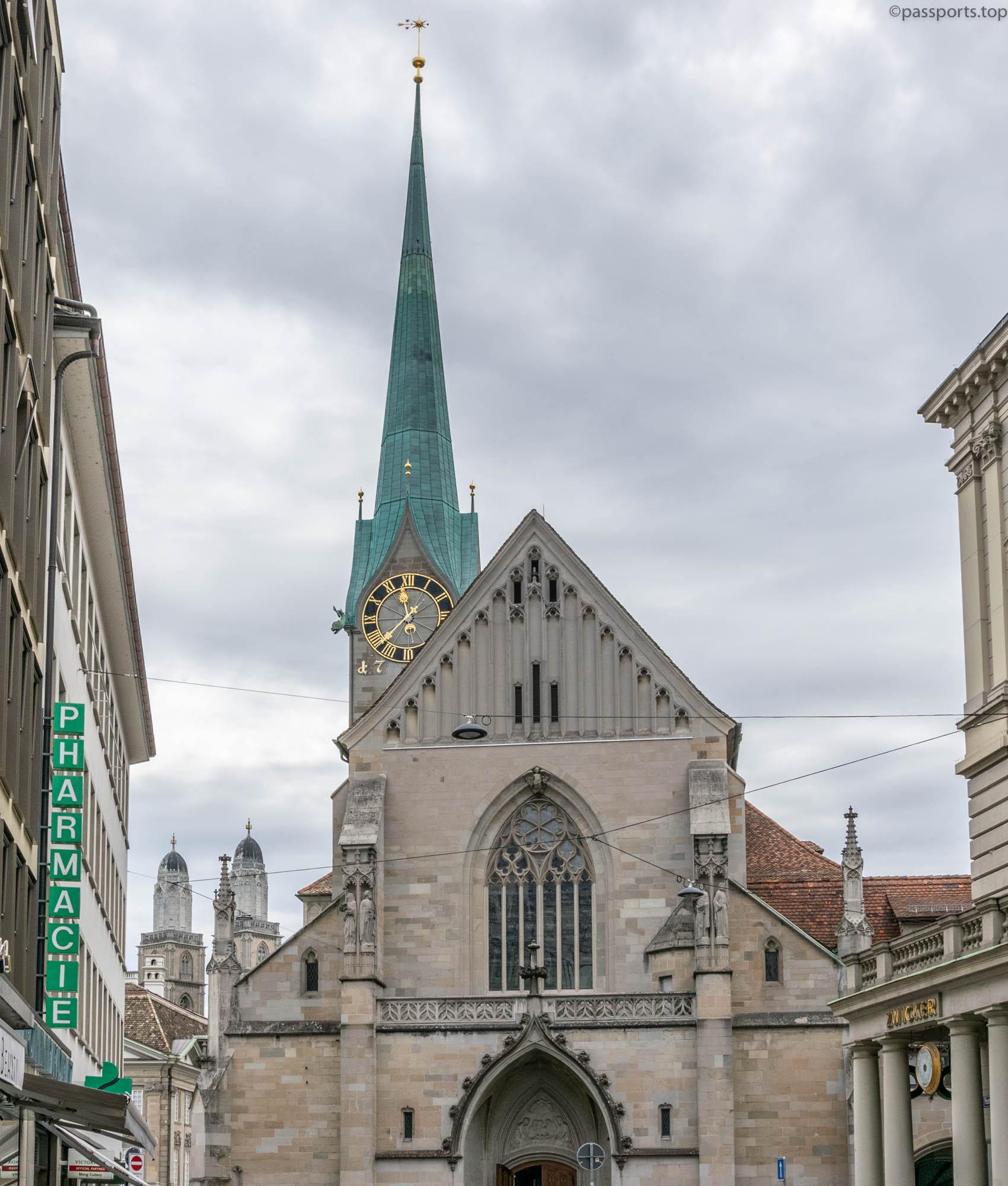
Fraumünster is a basilica built on the site of an old monastery built in 853. In the basement of the church are the remains of the 9th century church crypt.

Cruise on Lake Zürich – considered the clearest lake in Switzerland, Lake Zurich is the ideal place to admire both the city and the view of the Alps Mountains. It is one of the country’s five great lakes, along with Lake Geneva, Lake Neuchâtel, Lake Lucerne and Lake Constance.

Annually, 1.2 million visitors enjoy the walks on Lake Zürich, a unique opportunity to escape the crowds of the city center. During the summer (May-September), the boats depart every half hour and the shortest cruise takes an hour and a half. More details about timetables and prices can be found on the official website of the Lake Zurich Shipping Company (Zürichsee Schifffahrtsgesellschaft).

The opera house is one of the tourist attractions that should not be missed. Its history begins in 1834, when the first permanent theater in Zürich was established. In 1890, the old theater burned down and was replaced by a new building inaugurated by Wagner under the name “Stadttheater”, and from 1964 the building was renamed “Opernhaus“. Currently, the Opera House has a capacity of 1,100 seats, the last renovation taking place between 1982 and 1984.


The FIFA World Football Museum offers an unforgettable experience for all football fans, regardless of age. Spread over three floors and covering approximately 3,000 square meters of exhibition space, the FIFA Museum showcases both the extraordinary history of the Football World Cup and how, across the globe, the game stirs people’s emotions and inspires them. Along with the original World Cup Trophy, the museum displays over 1,000 items of clothing, including the national football shirts of all FIFA member associations. (The price of a visit is 24 CHF/person)

The FIFA World Football Museum offers an unforgettable experience for all football fans, regardless of age. Spread over three floors and covering approximately 3,000 square meters of exhibition space, the FIFA Museum showcases both the extraordinary history of the Football World Cup and how, across the globe, the game stirs people’s emotions and inspires them. Along with the original World Cup Trophy, the museum displays over 1,000 items of clothing, including the national football shirts of all FIFA member associations. (The price of a visit is 24 CHF/person)

Away from the major churches of Zürich is the Enge Church . Built between 1892 and 1894, this small Evangelical-Reformed church is as beautiful as the other religious buildings of the city. It can be seen from many parts of the city due to its location on the hill next to Lake Zürich.

The Botanical Garden of the University of Zürich contains approximately 9,000 different species. The main attraction is the cluster of three dome-shaped glass spheres that house a variety of tropical and subtropical species. Outside there are several themed gardens, including a Mediterranean garden.

The faculty canteen is open to the public in case you want to stop by for a coffee or lunch.

Another free attraction offered by the University of Zürich is the Zoological Museum, just a short walk from the city center.

In addition to the 1,500 species of animals from around the world, you can hear more than 250 bird calls or see many insects under the microscope. There are regular special exhibitions that present the ongoing research of the University.

Other museums (for example: the Paleontological Museum, the Medical Museum, the Ethnographic Museum or the Archaeological Collection) that can be visited without paying a ticket can be found on the University’s website.

Bahnhofstrasse is the commercial artery of the city, being considered the most beautiful boulevard in Europe, but also the most expensive. The street stretches from the Central Station (Hauptbahnhof) towards the lake, being lined with leather goods, jewelry and clothes shops, the headquarters of the five largest banks in Switzerland, cafes, perfumeries and confectionery.

The Zürich National Museum is regarded as one of the outstanding 19th-century constructions of its kind and an architectural monument of national importance. The new building designed by Swiss architects Christ & Gantenbein, opened in 2016, perfectly complements the wings of Gustav Gull’s old building. The museum houses large exhibition halls, a modern library and an auditorium for public events.
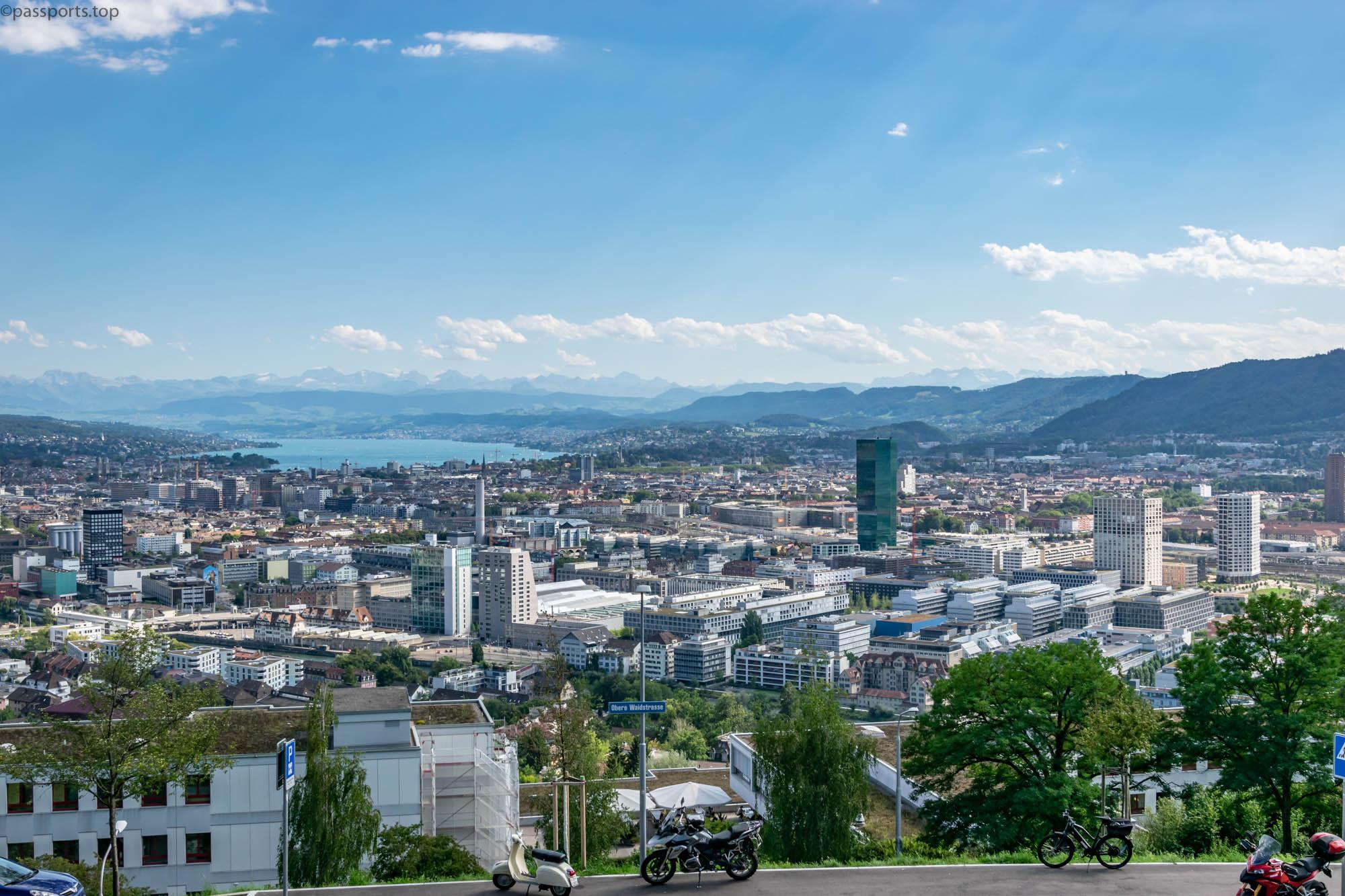
Ride the Dolderbahn – a kind of funicular that takes you to one of the highest areas of Zürich. At the end of the walk you will be treated to a glorious panorama of the city framed by its lake and the Swiss Alps. In less than 6 minutes, over a distance of 1.3 km, the funicular transports you from the hustle and bustle of the city to the Dolder leisure area, with specially designed places for sports, swimming pools, hotels, restaurants and terraces or ice rink and hockey in the winter.

Although the official currency of the country is the Swiss franc (Nov 2019: 1CHF=0.91 EUR; 1CHF=4.35RON), you can also pay in euros, but you will receive the rest in francs.

Whether you choose Zürich for a day, a weekend or even a week, there is plenty to see, explore and discover. From the old town to the new part called Zürich-West, from culture to nature to nightlife, you can experience the diversity of the neighborhoods or make trips to other cities and the Swiss Alps.
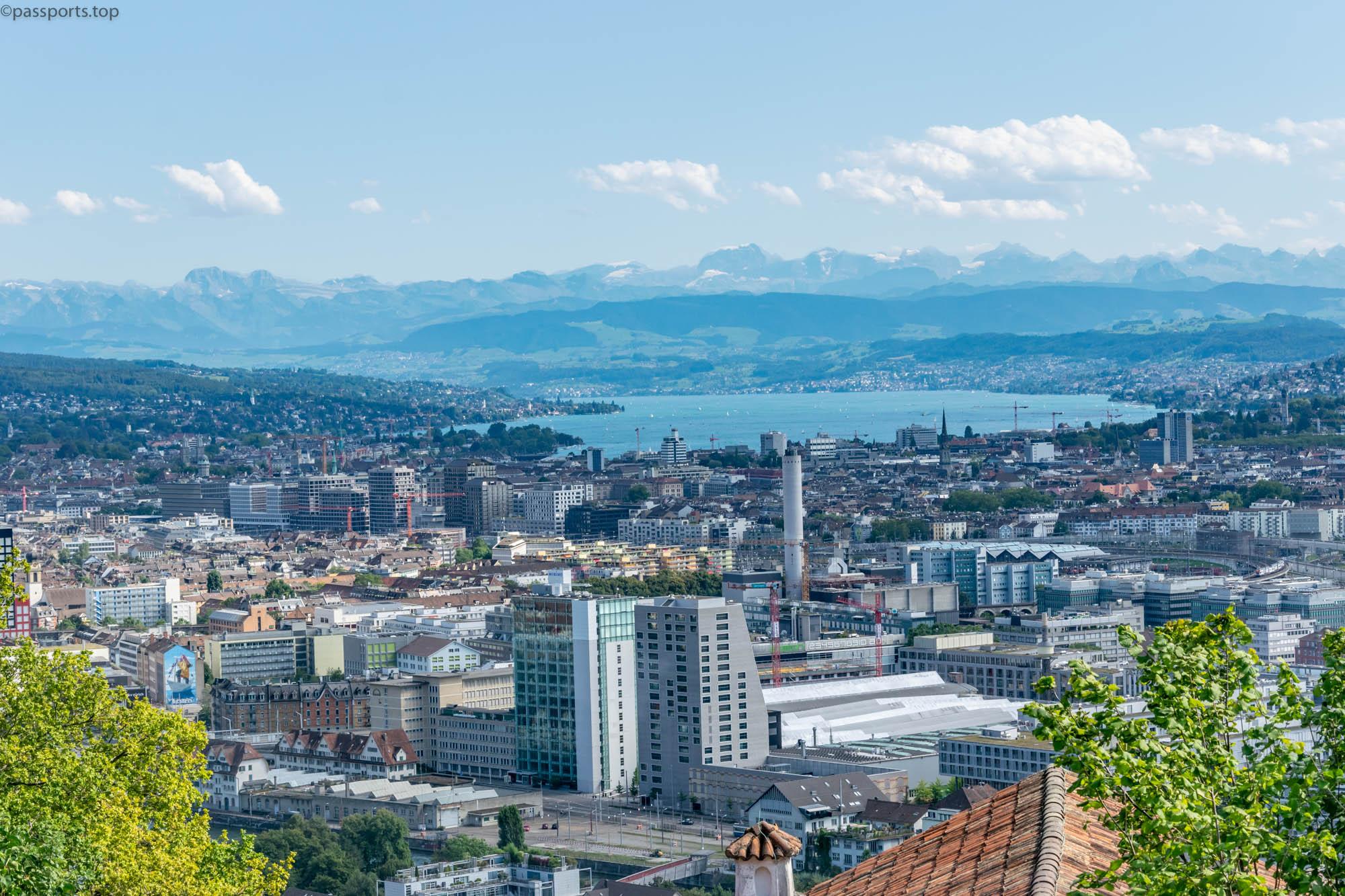
Switzerland is generally said to be among the most expensive countries in the world, but its landscapes are worth every penny.
If you liked this article, click here to see the last destinations we visited.
(Zürich – November 2019)

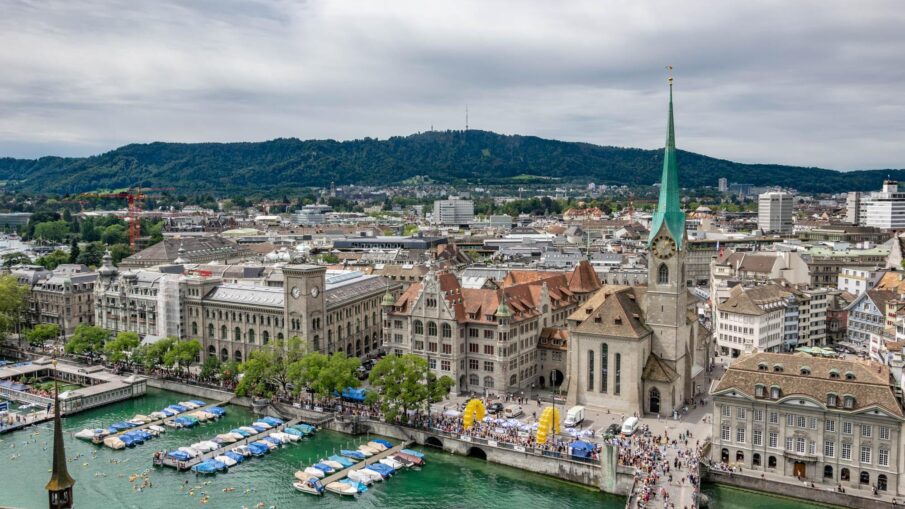
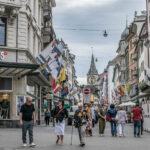
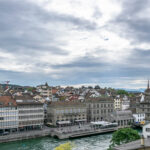
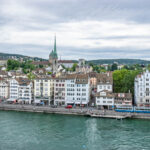
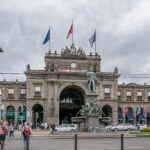

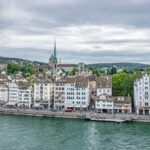
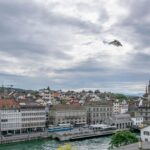
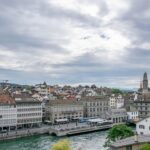
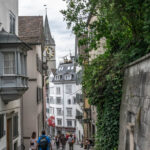
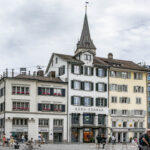
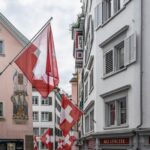
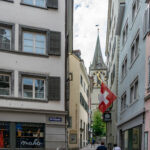
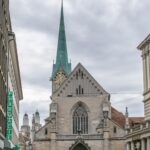
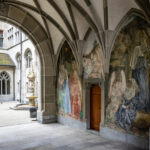
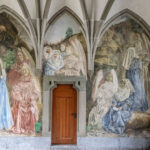
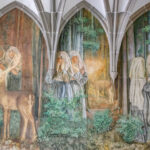
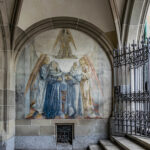
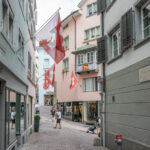
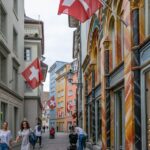
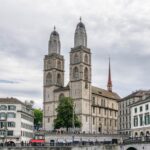
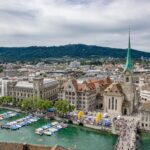
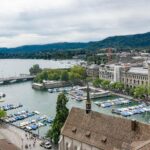
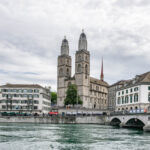
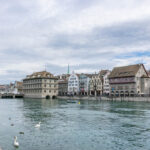
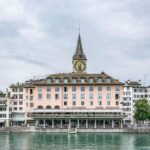
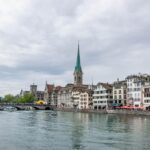
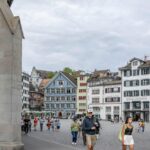
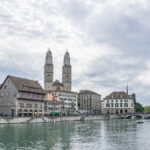
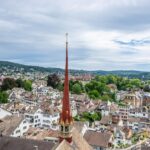
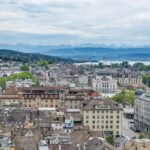
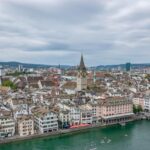
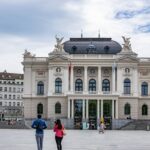
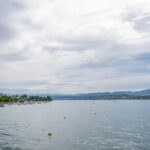
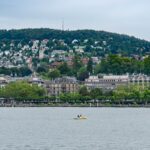
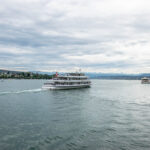
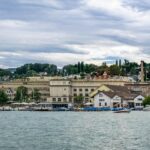

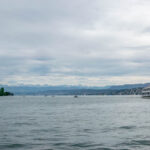
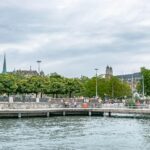
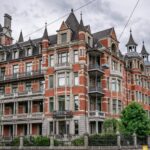

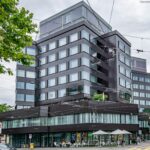
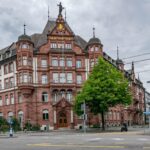



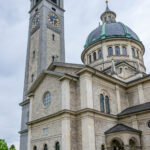
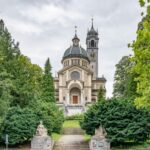



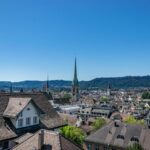



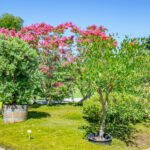


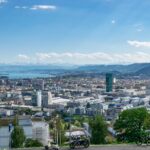
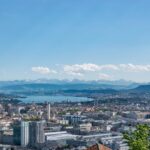
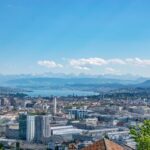
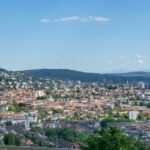
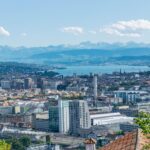
Leave a Reply